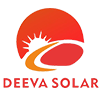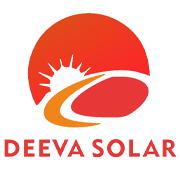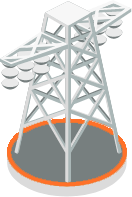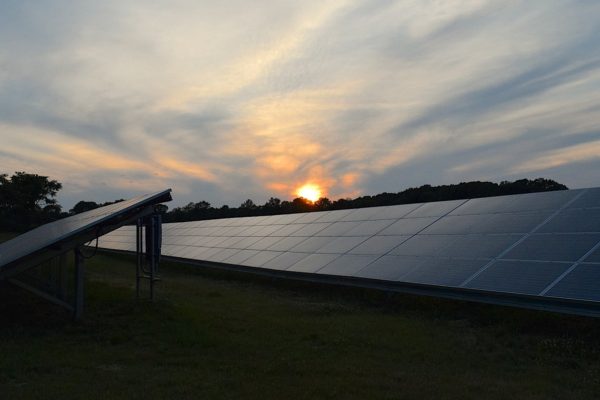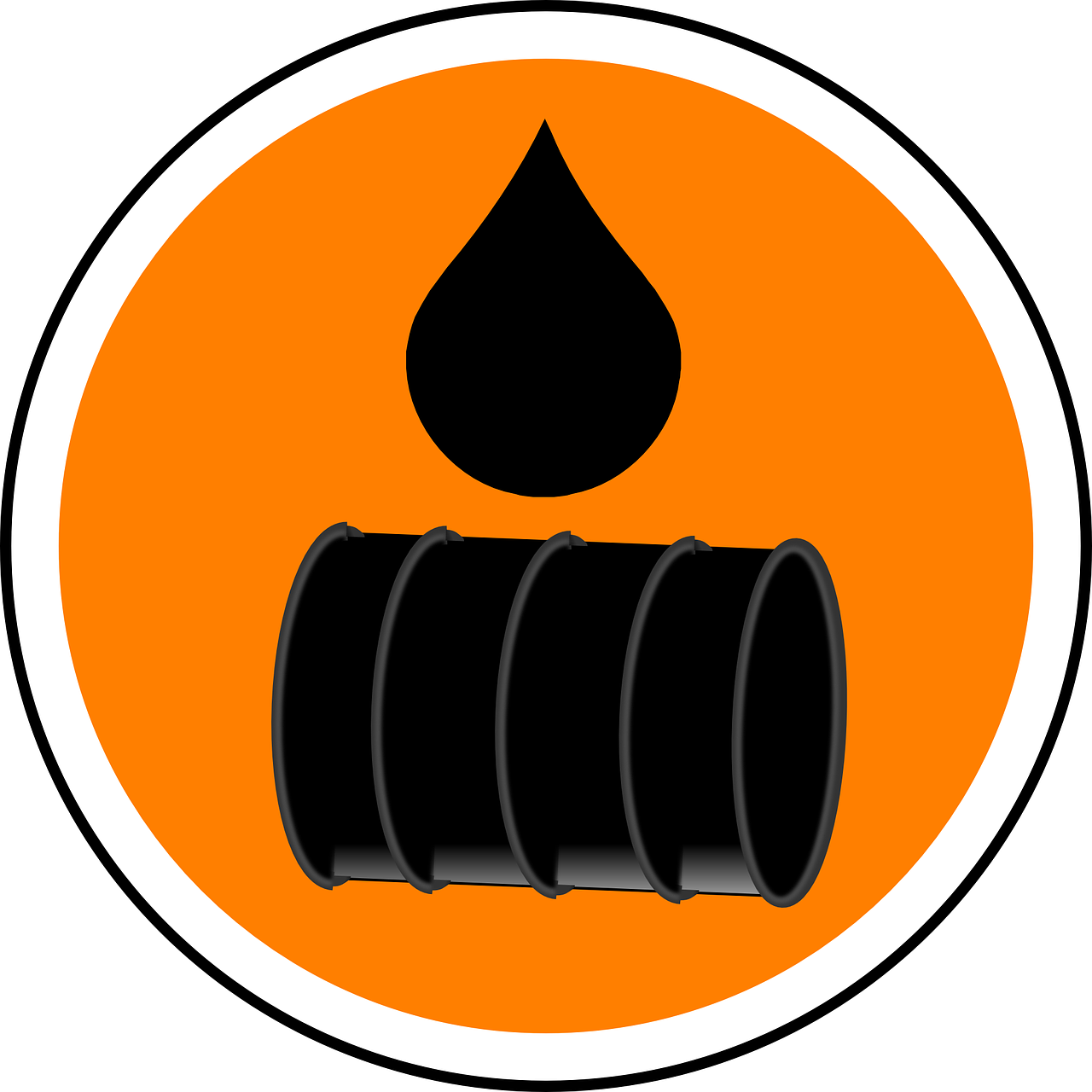Power Your Home With Solar
Turn up the brightness turn up the solar power.
We help Ontario home owners install quality solar systems on their rooftops that generate electricity for a lifetime




Services for You
We work with Ontario net-metering programs to help home and business owners take advantage of clean solar energy with an eye on a good return on their investment
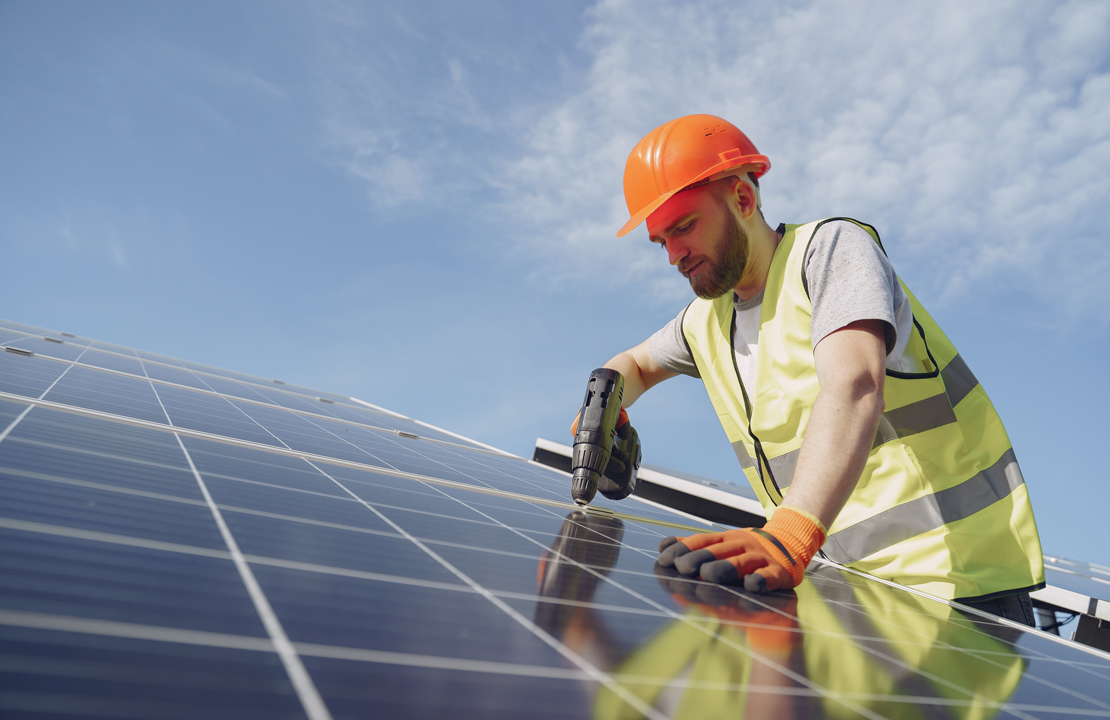
Home Solar Panel Service


Commercial Solar Panel Service

Consultancy


Up to $5000 in Federal Solar Incentives

Over 100,000$ in total revenue
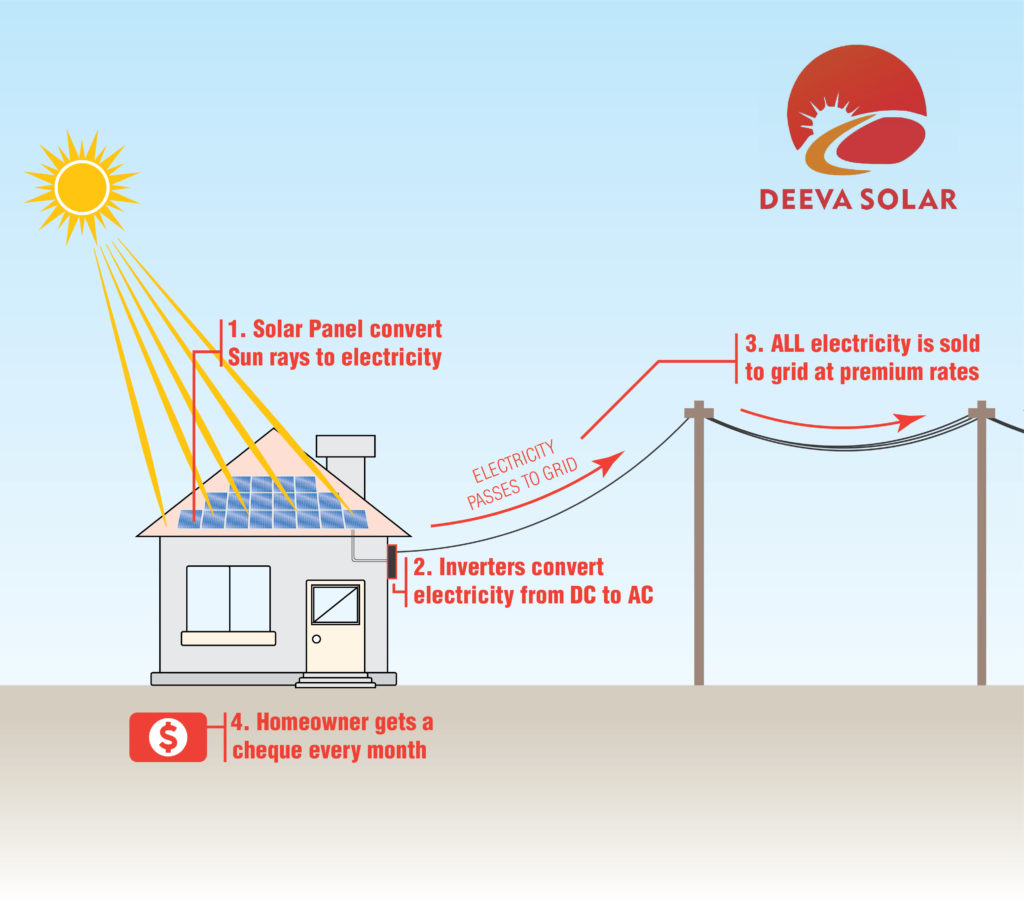
Advantages of Solar Panels
There are many advantages of solar panels, and they play a significant role in the progress towards sutainability
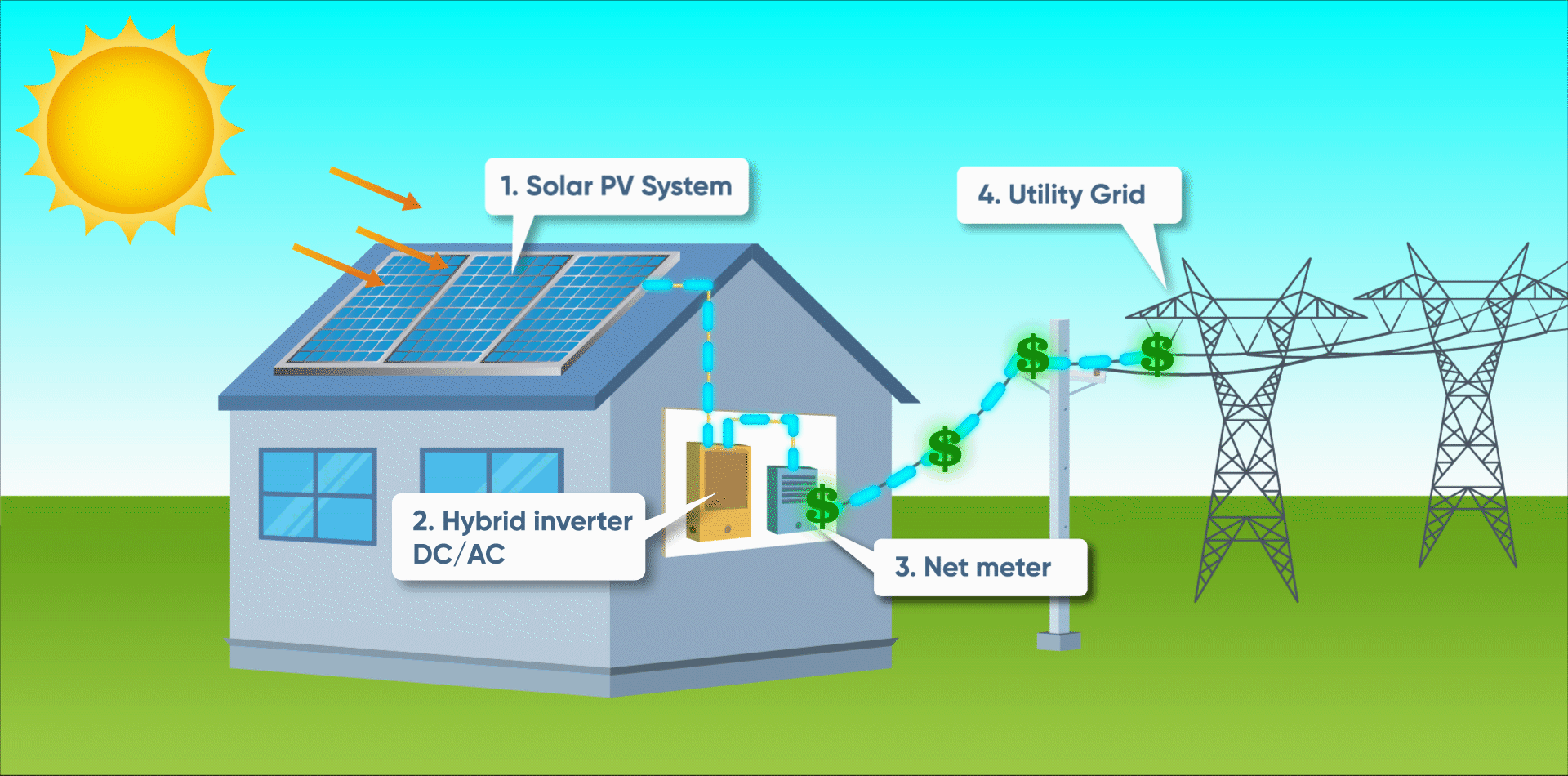
Why Choose Us

Tax Benefits
Our clean energy solutions for business ensures TAX benefits

Cleanest Energy
Let’s reduce our carbon footprint together
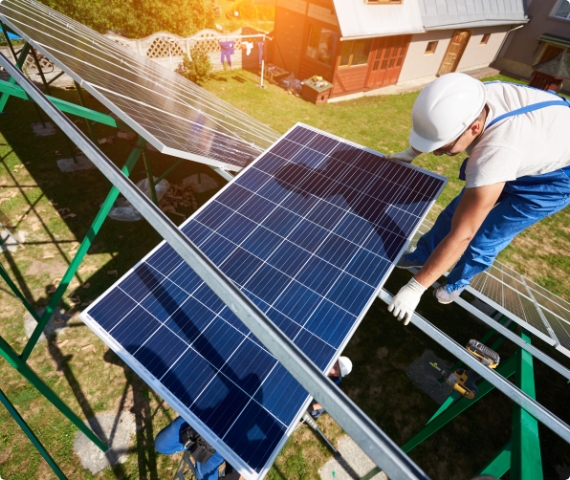
Reliable Installation
Experienced installers with over 200 installation across Ontario
our work process
We know going solar can be complicated. We are here as your expert guide every step of the way. With our customers, we are creating a planet run by the sun
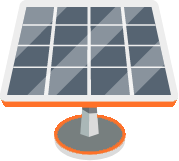
Site Survey

Engineering/Design

Frequently Asked Questions
Have questions? Drop us a line at contact@deevasolar.ca and we will get back to you with our best effort.
Most current solar electric power systems in Canada are off-grid, storing their energy in batteries to supply essential loads. Here is it critical that the power system is properly sized to provide an adequate amount of power throughout the year — sizing calculations are based on the expected power usage of the load, ie. weather station, cottage, camp, lighting system etc. Natural Resources Canada has a good guide for rough sizing of off-grid loads, read here.
In the case of grid-tied systems, the North American electrical grid is there as a backup and sizing need not be based strictly on the load of your home or business. A system sizing approach is usually based on a combination of available roof area with good solar exposure and project budget.
In the case of a MicroFIT system, a larger system will realize a greater return on investment so financing is not an issue it makes most sense to put up the largest system (up to 10kW AC or DC) your site will support.
PV systems are typically rated in terms of kilowatts (kW). Basically, this number is the addition of the rated power output of all the panels in the system. A 1 kilowatt system under full sun will produce approximately 1000 watts. Up to 2009 grid tied systems typically fall in the range of 1-3 kW, however many homes could install larger systems up to 8kW for very large roofs. With the current boom in Ontario of MicroFIT systems most systems installed currently are as large as possible (up to 10kW DC, or ~40 modules)
In Southern Ontario a kilowatt of installed PV array will produce 1000-1100 kilowatt hours of electricity. By comparison, a typical family in Canada is using 9-10,000 kilowatt hours per year. For the typical family, 1 kW will produce 11% of their power usage. An efficient household, one with new appliances, and an energy conscious lifestyle will use 4-7,000 kilowatt hours. For them each kW of PV will produce 16-28% of their power.
Within the current framework of the MicroFIT program, the incentive rates are grouped within system sizes. For rooftop, the highest rate is for systems up to 10 kilowatts (of AC or DC power).
The following installation cost guidelines include labor, taxes, all hardware, permits and equipment required to connect your roof mounted PV system to the grid for a MicroFIT contract.
3-5 kilowatts DC @ $3.00 to $4.25 per watt
5-8 kilowatts DC @ $2.75 to $3.75 per watt
8-10 kilowatts DC @ $2.25 to $3.00 per watt
The cost per watt drops as the system size increases because the same infrastructure costs (labour, connection equipment, inverter etc) apply to even the smallest systems. PV systems are generally more cost effective with larger arrays.
Under the MicroFIT program you would earn $0.288 per kilowatt-hour of electricity produced. This amounts to $200 – $300 annually per kilowatt peak capacity installed under ideal conditions (<10% shade obstruction, SSE to SSW orientation and tilt of 35-55 degrees from horizontal). Click here to see the 2017 MicroFIT rates.
A 10kW system would therefore earn in the range of $2,500 to $3,500 annually.
Generally speaking yes, however this should be planned for and discussed during the site assessment/consultation process. There are certain sizes that one can expand within depending on the inverter approach being used in the system.
A PV inverter is only rated to convert so many watts and cannot be expanded beyond it’s specifications, 1-3kW inverters are common, as are 3-5kW, 4-7 etc. Also, today’s grid tied inverters do require a minimum startup voltage, meaning you cannot typically have a very low amount of PV power (say 1kW) feeding a large inverter (5kW).
Micro-inverters are another option for creating an expandable system.
NOTE: MicroFIT systems cannot be expanded due to contract terms.
That depends on your system. Most grid-tied systems have no batteries included and will not provide power when the grid is de-energized. This stems from a universal utility requirement that independent power producers be unable to send dangerous voltage out onto the grid which could be a hazard to line workers.
For those concerned about blackouts, a grid tied system can be designed to include batteries and transfer switching to isolate the home from the grid and draw power temporarily from the battery bank. A battery bank will add about 25% to the cost of the system.
For MicroFIT connected systems which are required to be connect in parallel with the distribution grid, a battery system is not able to be included with the solar.
In order to reduce the cost per watt and speed installation time, the trend in the solar electric manufacturing has seen the power output of modules rise. Standard PV panels intended for grid-tied applications is 180-250 watts. These panels are approximately 3.5′ x 5′ in size and weigh approximately 40lb a piece.
Every kilowatt of generation will require about 65-80 square feet of roof space for flush mounted systems (not tilted up off surface).
Photovoltaic panels are sensitive to orientation and site conditions. The optimum compass orientation (called azimuth) is true South, with SE to SW being perfectly acceptable — moving East or West drops power production further (by roughly 20-25%).
The best tilt angle for the panels is approximately equal to the latitude of your location, about 45 degrees for Southern Ontario. Summer only applications should be tilted lower (30 degrees) and Winter applications tilted higher (60 degrees) to shed snow and capture the lower sun. Panels can be flush mounted to roofs or raised off the roof with racking. Racking can achieve the optimum angle and allows airflow to cool the panels, increasing efficiency. Racking can also be variable, allowing a homeowner to change the angle of the panels with the season. Ground, pole mounts are also an option with or without tracking systems.
Shading is very important to the PV array, especially with many of today’s high voltage grid tied systems where the panels are strung together one to the other. Shadows greater than the width of your thumb are of concern. Shadows at a site can be managed with string layout design or a micro-inverter or maximizer strategy that isolates the shading effect.
The array will have to be removed and reinstalled after the roof is redone. This would require about 0.5-1 day to remove and 1-2 days to replace — no disruption to the home’s electricity would be required. A removal due to re-roofing would cost around $1000.
Self installation of grid-connected solar electric systems is possible (homeowners can apply for electrical permits for work done at their home) however we would definitely not recommend this option to the general public. Only qualified personnel should connect a high voltage PV system to the grid.
A small off grid cottage type system operating at low voltage can be self-installed with appropriate electrical skills, caution and preparation.

